Psychology museums around the world
By Dr Charlotte Russell with the help of some fellow travel bloggers:
I recently visited the Museum of the Mind in Haarlem, in the Netherlands and I loved it. I’ve never visited a museum related to mental health before and it got me wondering about whether there are other psychology museums around the world. So, with the help of some fellow travel bloggers, I’ve put together a summary of all of the psychology museums around the world, starting with my visit to the Netherlands.
Museum of the Mind, Haarlem, Netherlands
The Museum of the Mind is a former psychiatric hospital and also where people with leprosy were once confined. It is set in a peaceful spot, as psychiatric hospitals often are, alongside a river. It is around 10 minutes’ walk from Haarlem train station, making it a convenient place to visit.
The museum explores what the mind is from different perspectives, and includes elements from healthcare, science and art. It explores human stories of mental health difficulties and care. Each of the pictures and items provide thought provoking stories and explores themes such as stigma. There is a section that covers the usefulness of psychiatric diagnoses from a balanced perspective. I found it both touching and informative, which is a tricky balance to find.
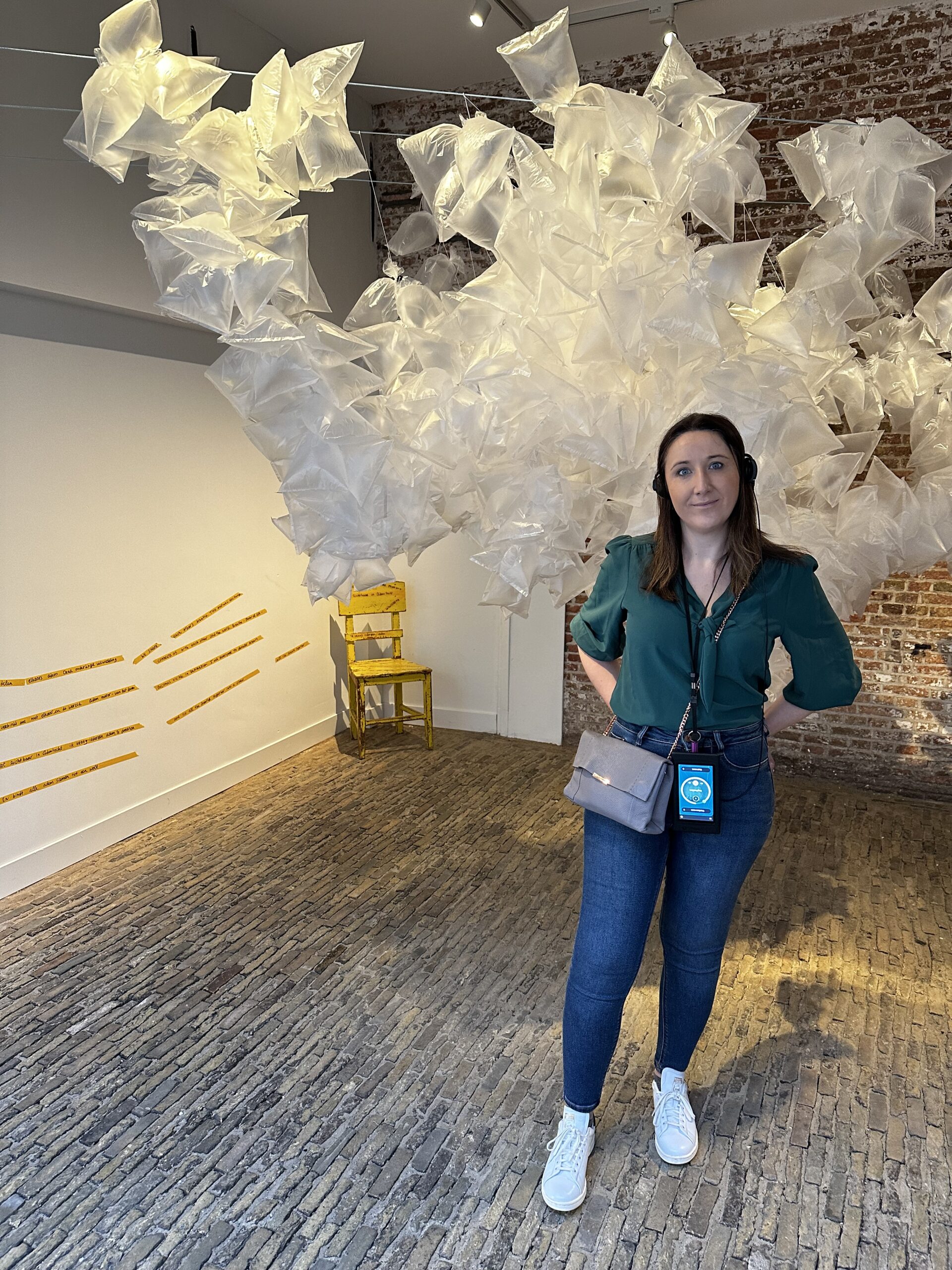
The museum won the prestigious title of European Museum of the year in 2022. Museums exploring mental health are not common, and it was a pleasure to find one that explored the topic so broadly and thoughtfully. For me it was certainly my favourite museum of the many I have visited, but as a psychologist this is perhaps not surprising.
I took the ‘highlights’ audio tour, which took around 1 hour and 30 minutes. This involves walking through the many rooms of the building, each covering a different theme. There is a more in-depth audio tour which I understand covers more of the history.
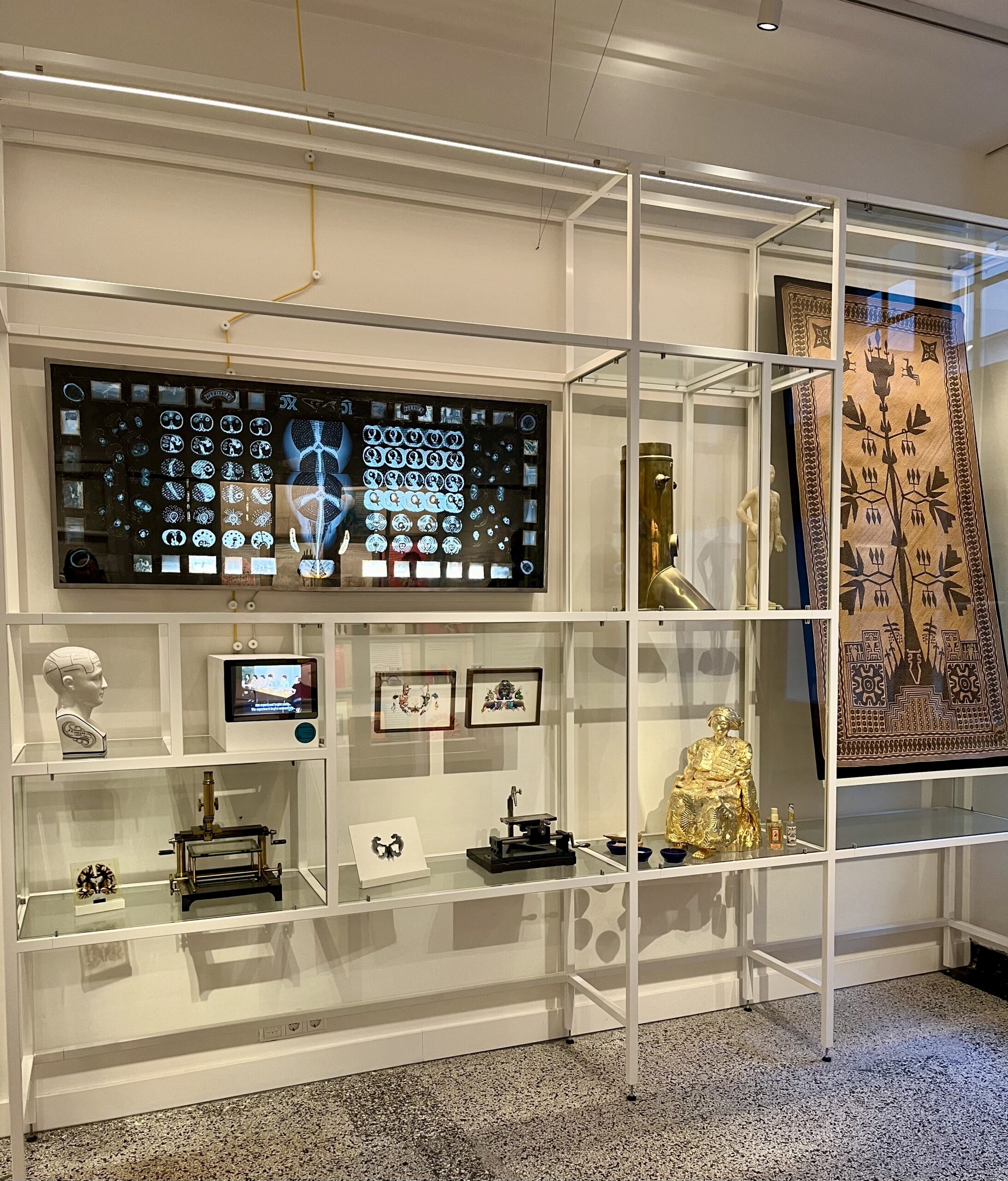
At the end of the tour visitors are asked to sign a declaration to having an open mind. I found this a nice ritual to end on having heard many stories highlighting the importance of understanding and belonging.
I’d suggest combining your visit with a trip to The Coffee Spot in Haarlem. I would most definitely recommend their cinnamon buns and delicious coffee. I found Haarlem much quieter than Amsterdam with lots of opportunities for photos along the canals.
If you are staying in Amsterdam, I’d also recommend visiting The Wereldmuseum which is focused on World cultures and inspiring citizenship. I found their exhibit about colonialism particularly informative and emotive. From a psychological perspective, it was powerful to gain insight into how those who were enslaved found ways of coping. The museum highlighted how maintaining connection with their culture, telling stories and caring for one another helped enslaved people to retain their humanity in situations when they were dehumanized by those in power.
Freud museum, London
By Kristin, Blogger and the founder of Scotland Less Explored:
The Freud Museum in London is a tribute to the life and work of the renowned psychoanalyst, Sigmund Freud. The museum is in the beautiful old house in Belsize Park which ended up being Freud’s “last address on this planet”, in his words.
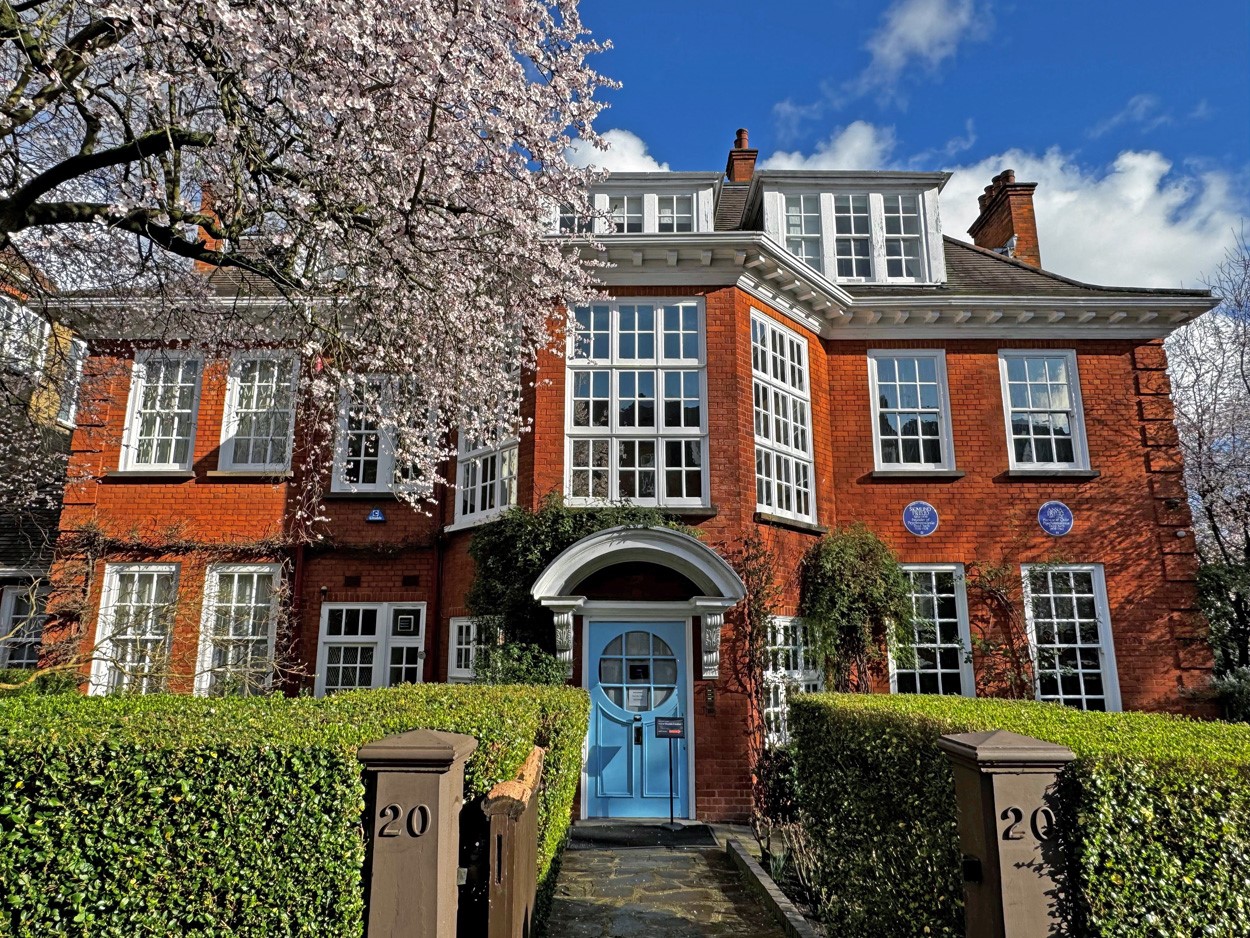
After fleeing Nazi-occupied Vienna in 1938 Sigmund Freud settled in London with his family. He lived in London until his death in 1939. At the museum you can see the rooms where Freud conducted his psychoanalytic sessions and wrote some of his most influential works, including his final book “Moses and Monotheism.”
One of the most interesting things to see in the museum is Freud’s study. You can see Freud’s iconic psychoanalytic couch where patients reclined as they delved into their subconscious thoughts and emotions. In the study you will also find Freud’s extensive library, his collection of antiquities, and personal mementos such as family photos.
Although the study is the most interesting room in the house there is plenty more to see. The museum has a large collection of Freud’s personal belongings, letters, and photographs, allowing you to also get a glimpse of his private life and relationships.
The Freud Museum serves not only as a tribute to Sigmund Freud’s legacy but also as a hub for scholarly research and public education on psychoanalysis. Through exhibitions, lectures, and events, the museum continues to explore Freud’s enduring influence on psychology, culture, and society at large.
The closest tube station is Swiss Cottage and it is a short walk to the museum. After visiting the museum, explore the surrounding area. Close by is Hampstead which has a village feel despite being close to central London. Have lunch at one of the many pubs such as the Holly Bush or the Flask. Or wander over to Primrose Hill for beautiful panoramic views of London before strolling along Regent’s Park Road with its pastel-coloured houses, cafes and restaurants.
Museum of the Mind, Rome, Italy
By Lisa, Blogger from Rome Travelogues:
In the northwest outskirts of Rome lies an incredible place tied to my family’s history: the former psychiatric hospital complex of Santa Maria Della Pietà. This mini-city, with around 25 buildings surrounded by greenery, now serves as the home for district offices and the Museum of the Mind (museodellamente.it), though it originally functioned as a mental institution.
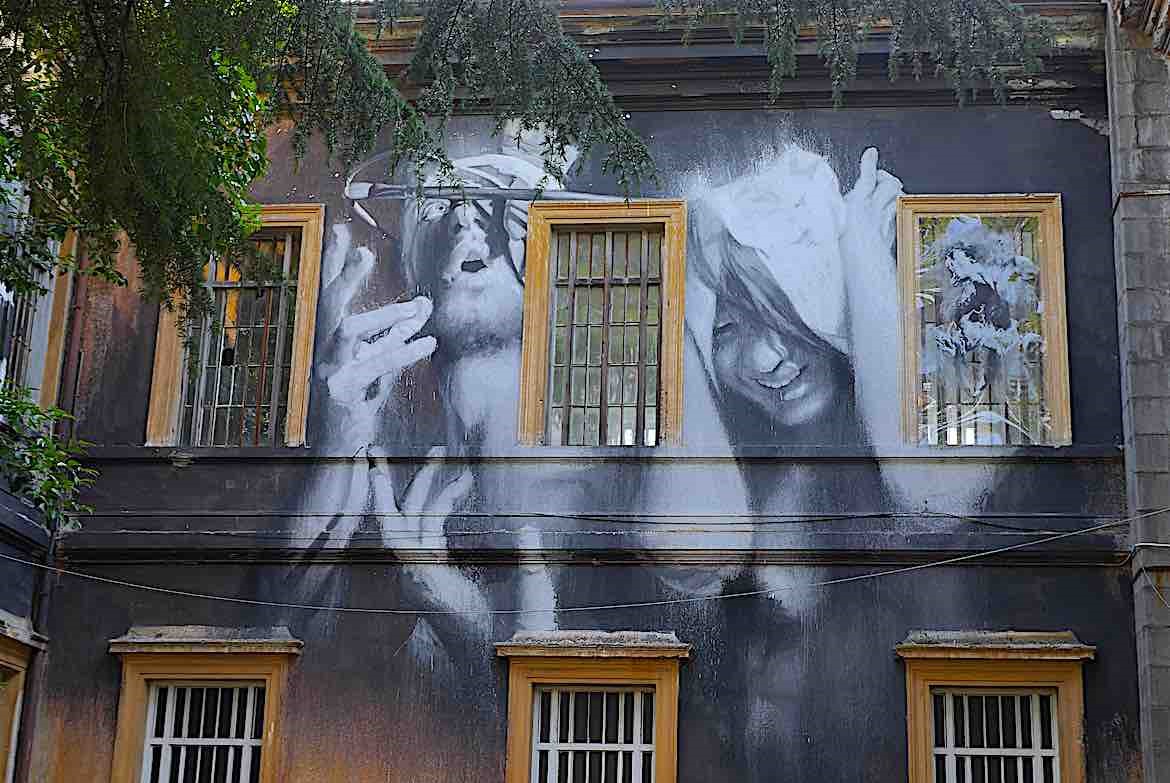
My great-grandmother, at a very young age in the early 20th century, took a job here as a laundress, trading her fieldwork for city life.
Founded in 1919, the Santa Maria della Pietà Psychiatric Hospital grew into one of Italy’s largest psychiatric facilities, embodying the psychiatric practices and theories of the time. A repressive and isolating approach characterized its treatment of patients, often segregating them from society and subjecting them to now-considered inhumane or ineffective treatments, such as electroshock therapy or mechanical restraint.
The Basaglia Law’s enactment in 1978 marked a pivotal moment for the hospital and Italian psychiatry. This law initiated the gradual closure of psychiatric hospitals and introduced psychiatric services in community settings, promoting the integration of patients into society and ending isolating practices.
Following its closure as a psychiatric institution, the Santa Maria della Pietà area underwent a transformation and redevelopment process. Authorities repurposed some buildings to house public offices, while others found new life in different uses. Young artists decorated the buildings, turning the area into one of Rome’s top spots for street art appreciation.
The establishment of the Museum of the Mind within the complex aims to preserve the site’s historical memory and encourage critical reflection on psychiatry’s past and future.
Opened in 2000, the Museum of the Mind features various spaces: from a reconstructed asylum room from the era, through historical testimonies, to multimedia installations that explore the human mind’s workings.
The museum also offers spaces dedicated to art therapy, where works created by patients are displayed, demonstrating how art can be a powerful tool for self-expression and psychological recovery.
The Museum of Broken Relationships, Zagreb, Croatia
By Peter, Blogger from The Amazing Traveler
After every breakup, memories and a sort of “souvenirs” of the ended love remain. Some people hide them in their homes, others throw them away or give them away, while others destroy them. However, for several years now, the idea of donating these details to the Zagreb Museum of Broken Relationships, a place where these items get a second life, has been increasingly popular.
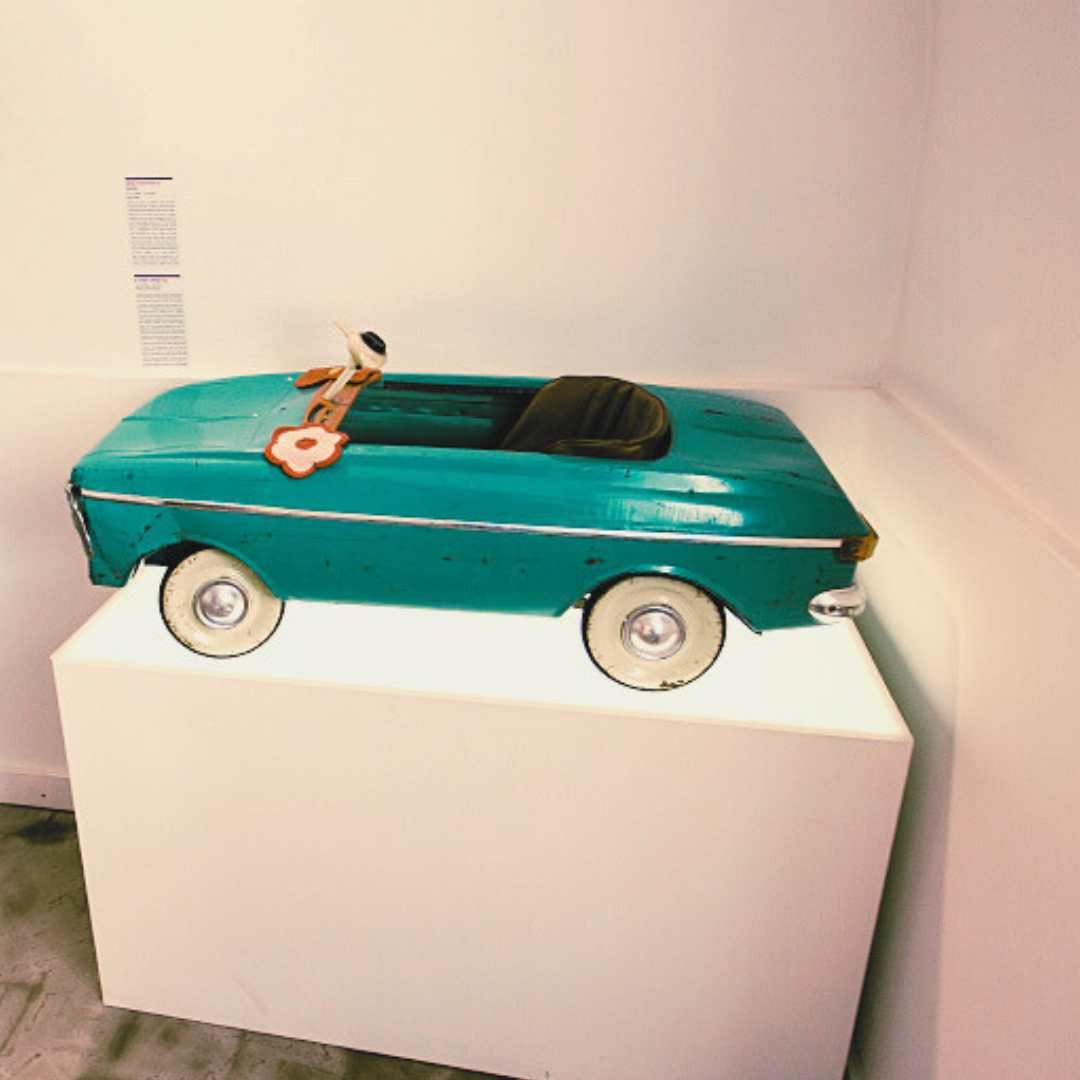
The collection includes a large number of wedding dresses, wedding rings, books… They also have quite unusual items, such as a gallstone, a scab from a wound from a major traffic accident, and even silicone implants that a woman had removed after a breakup, which her ex-boyfriend had pressured her to get!
On one of the shelves, there is a prosthesis displayed, on another a large bicycle, while in other rooms, it’s possible to find bras, old books, and extensive war love letters. Some items are several decades old, and visitors, by reading short stories, get to know the people whose lives were marked by big and small loves, wars, illnesses, and death.
Every week, the museum receives new packages from all around the world, so it’s not monotonous to visit it multiple times. Contrary to what you might expect, the museum doesn’t just receive teddy bears and letters. Packages are always full of surprising and unforeseen items.
The Museum of Broken Relationships is one of the most frequented museums in the Croatian capital and has been a vital part of the Zagreb itinerary for years. It is the recipient of the Kenneth Hudson Award for Europe’s most innovative museum. Every year, the museum is visited by over 100,000 people, of whom as many as 94% are foreign tourists, with local visitors being a rare sight.
If you want to share your story and say goodbye to an old love in a special way, you can donate items to the museum by mail with a form available on the official website of the Museum of Broken Relationships.
Dr. Charlotte added “What’s interesting about the museum of Broken Relationships is how the objects selected represent the relationship and even how it ended. This can give visitors an insight into the relationship dynamic and the psychology of the individuals in the relationship. Every relationship is unique and this is reflected in the vast range of items Peter describes, with each object giving an insight into how each person regarded and treated the other. It sounds fascinating from a psychological perspective and I can’t wait to visit one day!”
Museum of the Brain, Lima, Peru
by Brodi Cole, Blogger from Our Offbeat Life:
Nestled in the heart of Lima, Peru, lies a unique and intriguing museum that’s sure to captivate visitors’ curiosity – Museum of the Brain. This peculiar institution, located less than 2 kilometers from the iconic Plaza de Mayor (a must-visit destination in the city), is an extraordinary collection of specimens that will leave you both fascinated and slightly unsettled.
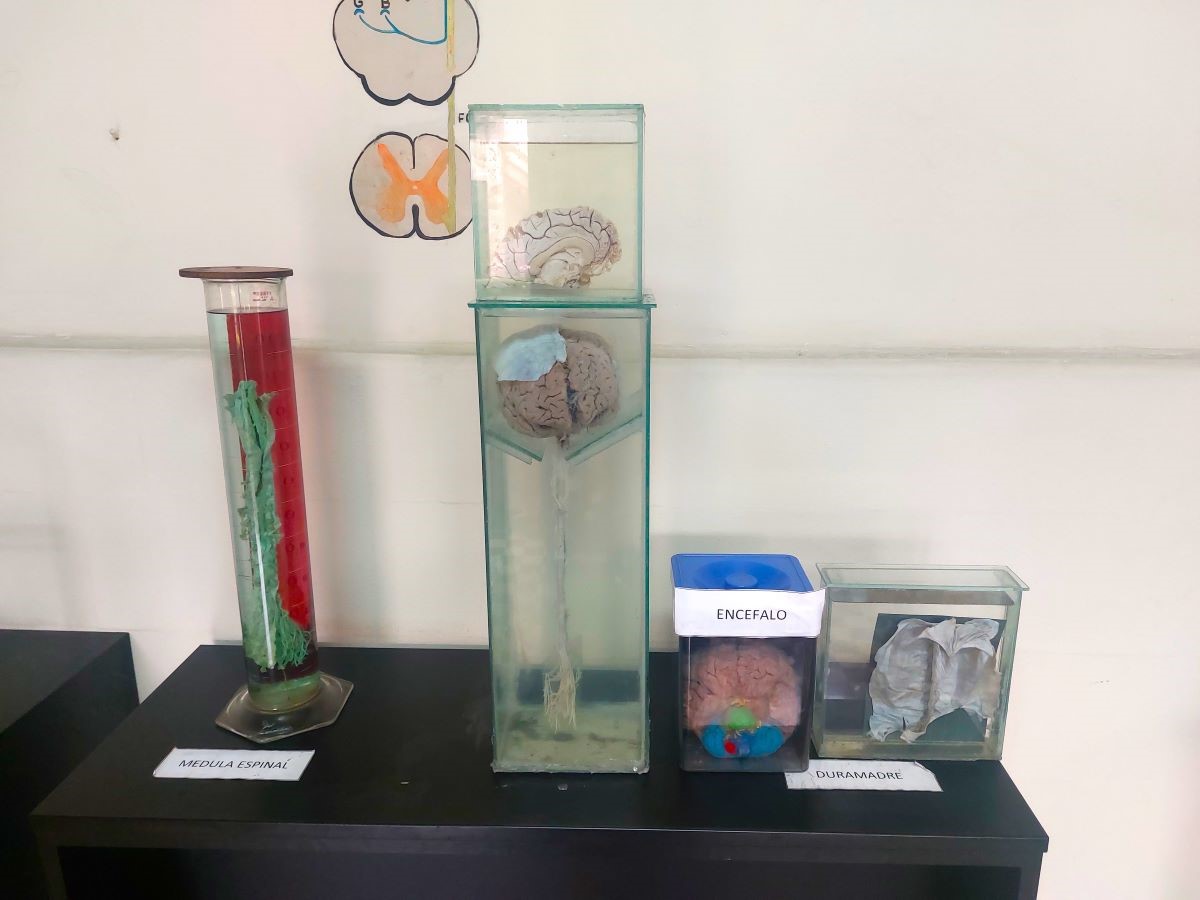
Upon entering the museum, visitors are greeted by a room of meticulously preserved brain sections. However, the collection of malformed foetuses really captures the imagination. Suspended in glass jars filled with formaldehyde, these specimens reveal the sometimes bizarre outcomes of nature’s developmental processes gone awry.
Beyond the jarring displays, the Brain Museum offers a wealth of information on neuroscience, brain disorders, and the intricacies of the human nervous system. Educational exhibits and informative displays provide visitors with a deeper understanding of the complexities of the brain and its role in shaping our thoughts, emotions, and behaviours.
Sometimes local universities even have classes right on site at the museum, which is housed within a local hospital. While the Brain Museum may not be for the faint of heart, it offers a unique and thought-provoking experience for those willing to confront the sometimes unsettling realities of human anatomy and development.
Other psychology museums around the world
As well as the museums we’ve already covered, there are some others. I hope to make my way around this list over the next few years so watch this space. In the meantime here they are:
UK
Bethlem Museum of the Mind, South London
Wakefield Mental Health Museum, Yorkshire
Glenside Hospital Museum, Bristol
Mainland Europe
Sigmund Freud Museum, Vienna
Museum Dr. Guislain, Ghent, Belgium
Americas
The National Museum of Psychology : The University of Akron, Ohio, USA
If you’ve been to any of these and want to write about it, please get in touch!
